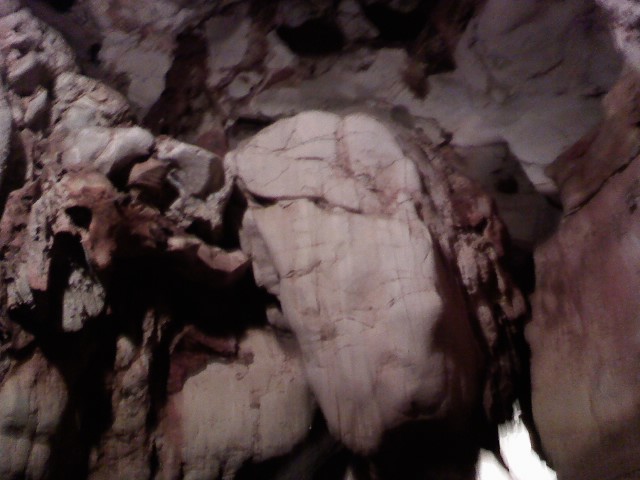Rushmore Cave on:
[Wikipedia]
[Google]
[Amazon]
 Rushmore Cave is the closest
Rushmore Cave is the closest
Rushmore Cave
- official site {{Black Hills, South Dakota Black Hills Caves of South Dakota Show caves in the United States Tourist attractions in Pennington County, South Dakota Landforms of Pennington County, South Dakota
 Rushmore Cave is the closest
Rushmore Cave is the closest show cave
A show cave—also called tourist cave, public cave, and, in the United States, commercial cave—is a cave which has been made accessible to the public for guided visits.
Definition
A show cave is a cave that has been made accessible to ...
to Mount Rushmore National Memorial in the United States. It contains a wide variety of natural formations. It is the ninth longest cave in South Dakota
South Dakota (; Sioux language, Sioux: , ) is a U.S. state in the West North Central states, North Central region of the United States. It is also part of the Great Plains. South Dakota is named after the Lakota people, Lakota and Dakota peo ...
. It measures a distance of .
It was discovered in 1876 when a log flume that supplied water to mining operations in town of Hayward broke and spilled onto the side of the hill. As the water flowed down the hill it started flowing into a small hole in the hillside. The local miners who went up to fix the flume noticed this abnormality and became suspicious of where this water was going. After fixing the flume, the men decided to go inside and explore. After about , the men came to a large drop off which went down about . They exited the cave, and went out into the woods where they cut down a tree and then used this tree as a ladder to access the cave. The miners then noticed that the majority of the cave was made out of limestone. Knowing that limestone doesn't contain any gold deposits, they abandoned the cave as a mining opportunity, and left it alone. Some of the local townspeople heard news of this discovery, and became very curious as to what they might find inside the cave.
The cave was created by a very long process stretching over a 360 million year time period. It started during the Mississippian Period, during which the entire Black Hills area was covered by a large inland sea. In this sea lived many kinds of sea creatures, and crustaceans
Crustaceans (Crustacea, ) form a large, diverse arthropod taxon which includes such animals as decapods, seed shrimp, branchiopods, fish lice, krill, remipedes, isopods, barnacles, copepods, amphipods and mantis shrimp. The crustacean group ...
. As these sea creatures died, their bodies sunk down to the sea floor. The flesh rotted away leaving behind many solid bone fragments which then compressed, and over time hardened into a rock known as limestone
Limestone ( calcium carbonate ) is a type of carbonate sedimentary rock which is the main source of the material lime. It is composed mostly of the minerals calcite and aragonite, which are different crystal forms of . Limestone forms whe ...
.
The cave has a cornucopia of rooms including the Entrance Room, Post Office, Image Room, Big Room, Fairyland, Rope Room, Geode Room, The Rouge Room (Party Room), Arrowhead Room, and the Floral Room.
The cave also includes boxwork
In geology, boxwork is defined as a honeycomb-like structure that can form in some fractured or jointed sedimentary rocks. If the fractures in the host rock are mineralized, they can become more resistant to weathering than the surrounding rock, ...
and many dripstone formations including stalactites
A stalactite (, ; from the Greek 'stalaktos' ('dripping') via
''stalassein'' ('to drip') is a mineral formation that hangs from the ceiling of caves, hot springs, or man-made structures such as bridges and mines. Any material that is soluble an ...
, stalagmites, columns, helictites
A helictite is a speleothem (cave-formed mineral) found in a limestone cave that changes its axis from the vertical at one or more stages during its growth. Helictites have a curving or angular form that looks as if they were grown in zero gra ...
and flowstone
Flowstones are sheetlike deposits of calcite or other carbonate minerals, formed where water flows down the walls or along the floors of a cave. They are typically found in "solution caves", in limestone, where they are the most common speleothe ...
.
External links
Rushmore Cave
- official site {{Black Hills, South Dakota Black Hills Caves of South Dakota Show caves in the United States Tourist attractions in Pennington County, South Dakota Landforms of Pennington County, South Dakota